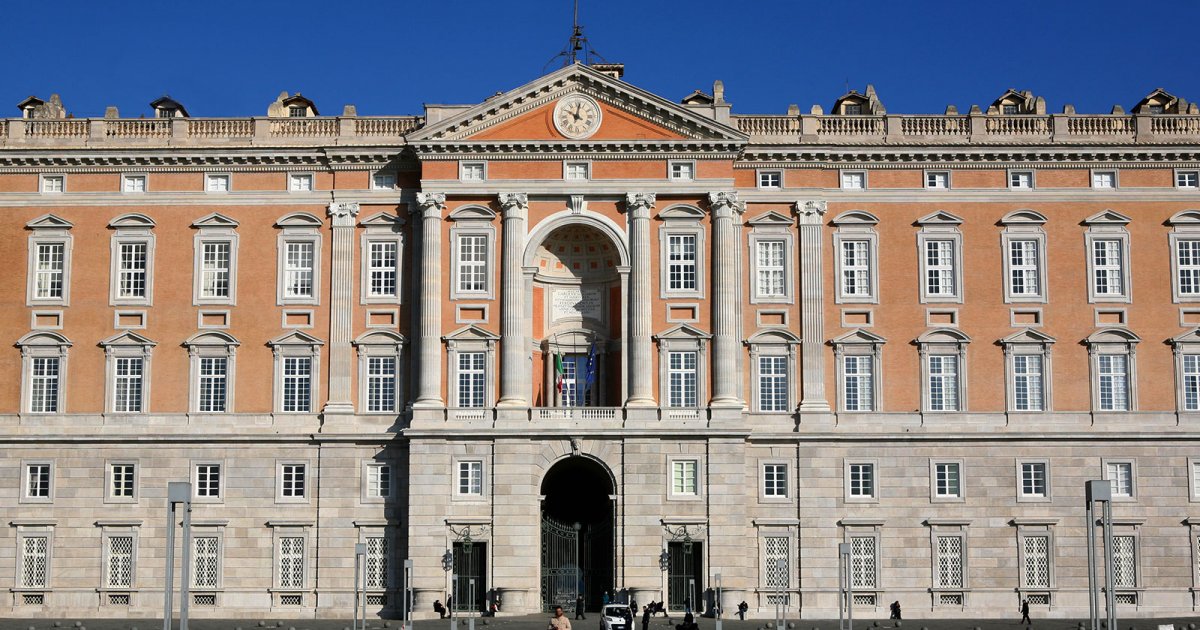ROYAL PALACE OF CASERTA, History
 Language: English / USA
Language: English / USA
Hi, I'm Ed, your personal guide. Together with MyWoWo, I'd like to welcome you to one of the wonders of the world.
Today I'll accompany you through the Royal Palace of Caserta, one of the most fairy-tale like places in Campania!
Get ready to dive into a gorgeous eighteenth-century court that is one of the largest and most spectacular Italian civilian buildings, surrounded by the refreshing atmosphere of a fantastic park full of water, statues, and fountains.
But before you enter, let me tell you a little of its history: this palace was built at the behest of Charles of Bourbon and his wife Amelia of Saxony starting in 1752. There was a strategic motive behind its construction, as they thought it prudent to move the kingdom's administrative seat from Naples, where it was exposed to bombardments by foreigners; even if the Royal Palace of Portici had recently been built, it seemed inadequate for a European level-court and its governing offices. Inspired by the Palace of Versailles, a flat area was earmarked that was less than thirty kilometers from the center of Naples, and at the foot of the hill where the ancient village of Casertavecchia stands. The king bought the feud for about 490,000 ducats, but spent over ten times more to build the palace: over 6 million ducats, which is crazy! And just think, the initial project included founding a city around the palace and the immense surrounding park that would be connected to Naples via a special road; unfortunately the plan was abandoned for lack of money.
The palace was conceived precisely to challenge Versailles in size and splendor; it was designed by the architect Luigi Vanvitelli, who was born in Naples and perfectly "italianized", even though he was the son of Dutch painter Caspar van Wittel.
The death of the architect and Charles' departure for Spain in 1759, where he was crowned, caused several interruptions at the construction site and the project had to be resized; for example, the dome which would have dominated the central body was eliminated. For that matter, Charles never lived there: in 1764 the parts that had been built up to that moment were occupied by homeless families, and only ten years later would Ferdinand IV finally move to the new home, where he could fully enjoy his passion for organizing parties, hunting trips, and court theater performances.
FUN FACT: the palace also stands thanks to the genius of the engineer Francesco Collecini, who created the so-called Carolino Aqueduct: it is 40 km long and crosses five mountains and three rivers to reach the park!



